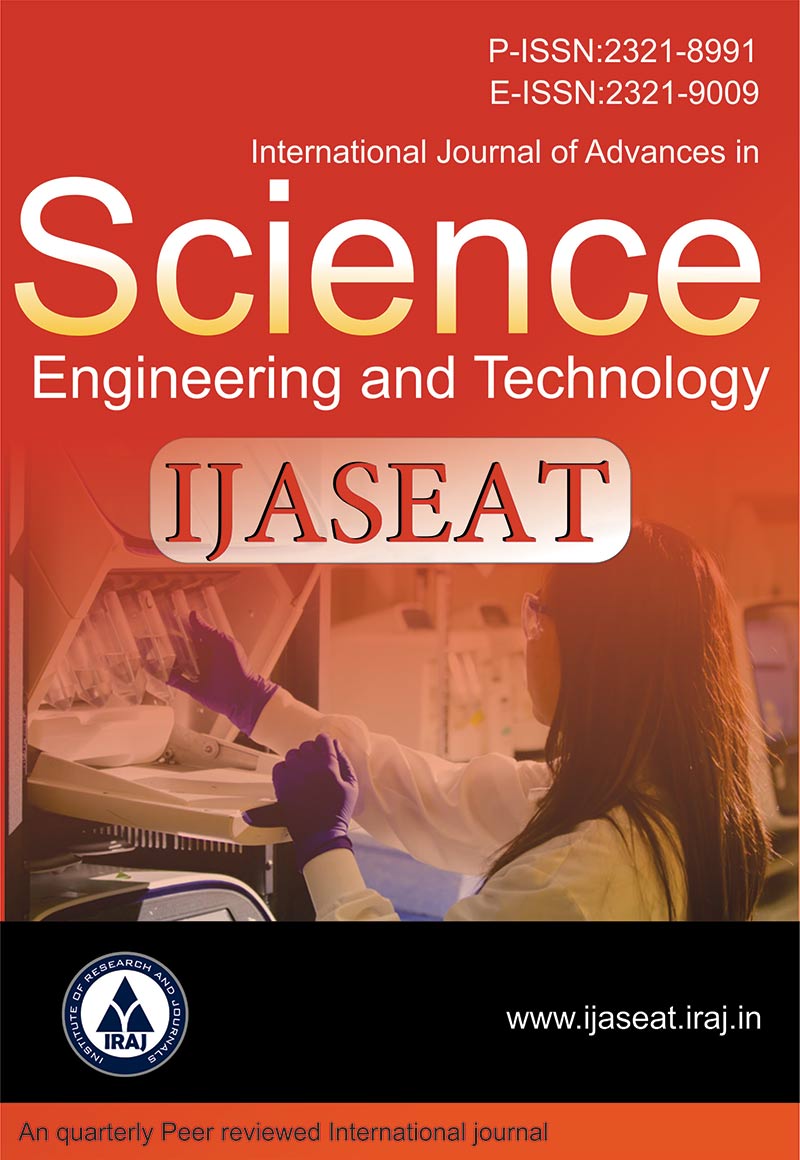Publish In |
International Journal of Advances in Science, Engineering and Technology(IJASEAT)-IJASEAT |
 Journal Home Volume Issue |
||||||||
Issue |
Volume-6, Issue-3, Spl. Iss-2 ( Sep, 2018 ) | |||||||||
Paper Title |
Enhancing the Catalytic Activity of Hydrolases for Aldol Reaction | |||||||||
Author Name |
Benu Arora, Munishwar N. Gupta | |||||||||
Affilition |
Department of Applied Sciences and Humanities, Dr. Akhilesh Das Gupta Institute of Technology and Management, GGSIPU, New Delhi-110053, India Department of Biochemical Engineering and Biotechnology, Indian Institute of Technology, Hauz Khas, New Delhi-110016, India | |||||||||
Pages |
54-60 | |||||||||
Abstract |
Aldol reaction is one of the most useful methods for C-C bond formation in synthetic organic chemistry. The ability of hydrolases (enzymes that usually catalyze hydrolytic reactions) to catalyze aldol reaction is an excellent example of the catalytic promiscuity of this class of enzymes. In literature, the aldol reaction between p-nitrobenzaldehyde and acetone catalyzed by lipases and proteases has been reported to be a slow reaction, often extending over a period of 5-6 days to achieve > 90% conversion. In this work, a few simple yet effective approaches were used to speed up the same reaction. Water is known to play a crucial role in this reaction. An initial optimization of the ratio of water: acetone present in the reaction medium revealed that a 1: 1 mixture gave maximum conversion to the aldol product. At very low acetone concentrations, two side products: p-nitrobenzyl alcohol and p-nitrobenzoic acid were also formed (arising from the redox reactions of the substrate i.e. p-nitrobenzaldehyde). The effect of addition of a few polar organic co-solvents to the reaction medium at varying concentrations was then studied. DMSO at a concentration of 30% (v/v) w.r.t. the total reaction volume was found to be the best co-solvent. Screening of a number of commercially available lipases under this optimized reaction condition was also carried out. The lipase from porcine pancreas showed maximum activity for the aldol reaction followed by the lipase from Mucor javanicus. With this biocatalyst and medium optimization, >90% conversion was attained after just 24 hours. The same reaction under the optimized conditions was then extended to the proteases. Finally, scope of this synthetic methodology was expanded by using various substituted benzaldehydes as substrates. Index Terms - Aldol reaction, Catalytic Promiscuity, Lipase, Organic Co-Solvents | |||||||||
| View Paper | ||||||||||